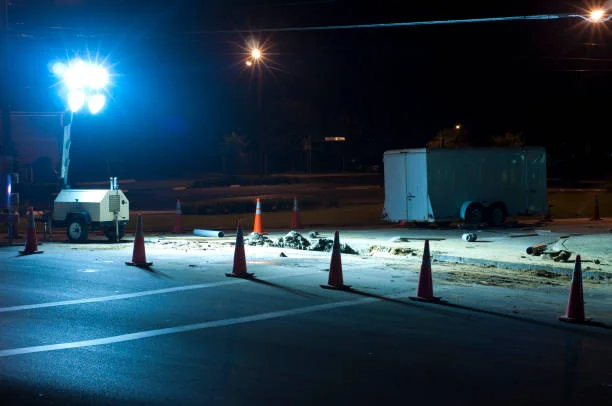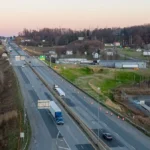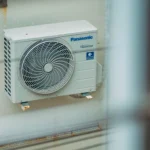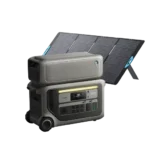Construction sites depend heavily on visibility to ensure safe, efficient work. Early-morning shifts often begin before sunrise, making temporary lighting essential. When these lighting systems fail, workers face risks that are not always obvious at first glance. These issues become especially important when people seek help for workers hurt on construction sites and need to understand how such hazards develop.
Discover insights that complement your interests—check out our related posts now!
The Importance of Temporary Lighting
Temporary lighting fills the gap before natural daylight becomes available. It helps workers see tools, materials, and surrounding conditions clearly. Without it, basic tasks become much more difficult and dangerous. Construction environments include uneven ground, debris, and heavy machinery.
Good lighting reduces the chance of missteps and collisions. When lighting is faulty, these hazards become harder to notice. Even a small bulb outage can create large pockets of darkness.
Why Early-Morning Builds Are Especially Vulnerable
Early-morning builds begin when workers are adjusting to both physical and mental demands. Their eyesight may still be adjusting to low light. Temporary lighting must be strong enough to compensate for the lack of natural illumination.
If it fails, workers may continue without realizing how limited their visibility is. The combination of early hours and darkness creates conditions where mistakes are easy to make. Crews must rely on lighting to stay safe, and any failure increases risk.
How Shadows Create Hidden Dangers
Poor or inconsistent lighting creates shadows that distort depth and shape. Workers may misjudge distances or fail to see obstacles. A deep shadow can hide holes, cables, or uneven surfaces.
These hazards become much harder to detect when the light fails to cover the entire work area. Shadows also affect the operation of machinery. Operators may not see coworkers approaching or standing nearby.
Equipment Malfunctions Increase Risks
Temporary lighting depends on power sources that may be unreliable. Generators, cables, and portable towers can malfunction without warning. If power cuts out unexpectedly, workers may be left in near darkness.
This can happen while they are lifting heavy materials or operating tools. Sudden darkness creates panic and confusion. Workers may slip, drop equipment, or collide with objects.
Weather Conditions Make Lighting Failures Worse
Weather can add even more challenges to early-morning builds. Fog, mist, and rain further reduce visibility. If lighting fails during these conditions, workers may struggle to see even a few feet ahead.
This increases the chances of falls or equipment-related injuries. Cold temperatures also affect lighting equipment. Batteries may drain faster, and cables can become brittle or damaged.
Communication Breakdowns in Low Light
Construction sites rely on visual cues and clear communication. Workers often signal to each other through gestures or eye contact. When lighting is insufficient, these nonverbal signals become harder to interpret.
Misunderstandings can lead to serious errors. For example, a crane operator may misread a signal or fail to see someone entering the lifting zone.
Increased Trip and Fall Hazards
Trip-and-fall incidents are common in poorly lit areas. Loose materials, tools, and cords blend into the darkness. Workers may step on debris without seeing it.
They may also misjudge the edge of walkways or platforms. Falls can result in fractures, sprains, or head injuries. Poor lighting amplifies the risk of these accidents.
Worker Fatigue Plays a Role
Fatigue is common in early-morning builds. Workers may be operating on limited sleep. Dim lighting increases the strain on tired eyes. Workers must focus harder to see what they are doing. This additional stress reduces reaction time and increases the likelihood that small mistakes will become larger accidents.
Failure to Follow Safety Protocols
Many construction sites have lighting protocols, but they are not always followed. Workers may fail to report outages. Supervisors may overlook maintenance needs. Temporary lighting equipment may not be inspected regularly.
As a result, minor issues go unnoticed until a failure occurs. Maintaining proper lighting requires constant attention. Without it, the site becomes unsafe quickly.
The Importance of Immediate Reporting
Workers should report lighting problems as soon as they notice them. Waiting can lead to more accidents. Supervisors must treat these reports seriously and act quickly. Even minor adjustments can make a big difference. Encouraging a culture of awareness helps keep everyone safe during early-morning shifts.
Final Thoughts
Lighting failures during early-morning construction work create hidden hazards that increase the risk of injuries. When these systems fail, the danger rises quickly. Understanding these risks is essential for those seeking help for workers hurt on construction sites and ensuring safer conditions for everyone on the job.
Highlighting top insights—don’t miss this specially featured post for you.






